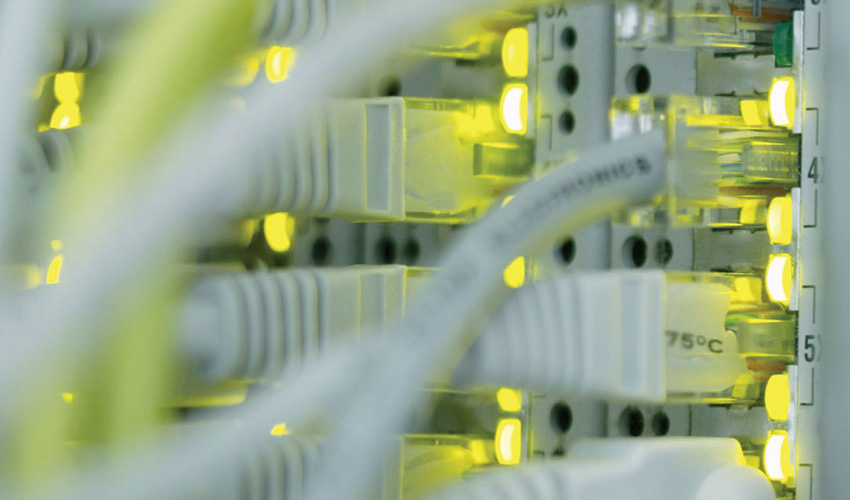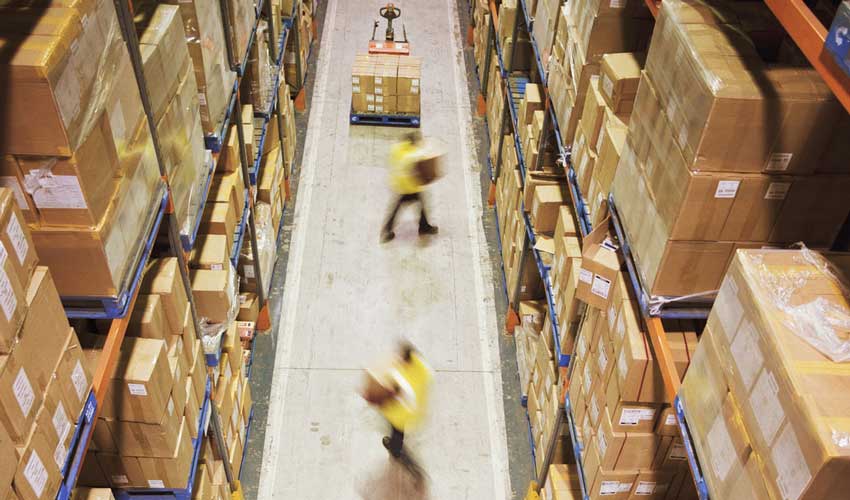3 life science supply chain lessons from the COVID-19 pandemic

In an industry based on innovation, Life Science companies continually reshape healthcare by bringing new technologies and treatments to market every year.
While each new development brings the potential to improve people's health and lives, it also carries an underlying risk of bodily injury arising from the potential side effects of a new device or medicine, which remain unknown until the lengthy clinical trial process collects the appropriate level of data.
Beyond that, these companies also face ever-evolving exposures - from supply chain risks to cyber vulnerabilities – amplified by the industry's increasingly global nature.
Life Science supply chain during COVID-19
Many Life Science companies outsource most of their operations, from research to manufacturing, sales, and cloud storage for their data storage systems. But supply chains that stretch across the globe can prove fragile, as we've seen during the pandemic.
The extraordinary demand for personal protective equipment (PPE), active pharmaceutical ingredients (API), test kits and vaccines quickly revealed pinch points, including shortages of workers, raw materials and production capacity.
Specifically, with production clustered in some regions of the world, the supply chain is vulnerable to shocks. The lengthy lockdown imposed on factories in Malaysia resulted in a global shortage of medical gloves, as the Malaysian market manufactures approximately 65% of the world's supply.
Despite all these disruptions, the sector has successfully managed the most significant risks faced and helped us through this challenging period.
What’s next as we gradually exit the pandemic
As Asia Pacific countries embark on their return-to-normal journey after more than two years of pandemic conditions, let's consider the lessons learned and how the risk landscape evolves as the Life Science sector builds on its preparedness for future pandemics while continuing to manage the impact of COVID-19.
Technology enables supply chain visibility but creates cyber exposure for everyone on the chain

There is a greater reliance on technology (e.g., the cloud, IoT, AI, blockchain, robots) to provide greater supply chain visibility and an enhanced ability to track and trace both manufacturing inputs and finished products. Technology is also helping to overcome distribution challenges, such as the use of automated drones for delivery into remote regions.
Finally, the integration of technology into the supply chain also means that many activities along the supply chain have now gone virtual, with significant volumes of data being stored in the cloud.
Risk implication
Technology comes with its own risk management issues.
- Service providers and suppliers can now directly access a life science company's system through an interconnected ordering platform. When the platform's network is compromised, it could affect everyone within the ecosystem.
- The amount of sensitive data stored and transacted between parties alone could result in a confidentiality or privacy breach, which could have significant consequences.
Companies that rely on just-in-time supplies can suffer costly impacts when a key supplier goes offline.
- For example, a cyber-attack could disrupt production at a key manufacturing facility by hacking into its customer list or advanced manufacturing device (e.g., 3D printer). It could take months for the facility to recover its normal operations.
The reality is that it doesn't take a criminal group to create a full-blown cyber disaster. Sometimes, all it takes is a small phishing attack to send multiple parties into crisis.
Nearshoring or reshoring production capacity to be closer to home is not as straightforward

Since the pandemic, large pharmaceutical companies (or even governments) are increasingly looking to establish local manufacturing capacity or reduce dependency dependency on major supplier nations. For example, a company was set up in Australia to produce PPE domestically, with their sole client being the government.
In the case of APIs, many healthcare companies currently manufacture them globally, then regionalise their drug products. They are also looking to be less reliant on China and India, the world's biggest suppliers, and replace API sourcing with capacity from elsewhere, for example Thailand or Malaysia.
Risk implications
The shift towards a more localised supply chain - out of caution or in response to legislation – will take time to implement.
- Companies will need to look into the regulations, complete a recertification of the new supplier, notify the local authorities of any changes and look at the raw materials or components they deliver.
Local market capability is important when it comes to the finished product. Tracking can present a major issue given frequent lack of visibility in transit, which applies to both product location and sensor data.
- For instance, pharmaceutical companies and freight forwarders keep their own temperature tracking records, which often don't match.
- Claims can also arise when a consignment of pharmaceutical products falls outside set parameters (temperature, vibration, humidity, number of times a shipment is moved) during transit or storage.
Diversification of the supply chain comes at a price

The risks posed by government interventions, lockdowns and competition for resources have put supply chain diversification high on Life Science corporations' agenda.
Before COVID-19, something would have to go really wrong to lose a supplier. Now companies actively look to have two or three different providers supplying the same component to avoid putting all their eggs in one basket.
However, such diversification could mean an increased workload for the quality control teams, with every component from every supplier requiring quality checks.
Risk implications
Organisations that are not taking appropriate steps to mitigate the potential risks may face liabilities stemming from problems with the raw materials or components used by a supplier or contract manufacturer.
- They may only have local liability insurance limited to their home country, which means any legal action would have to be taken in local courts.
- In contrast, worldwide jurisdiction insurance would provide coverage for legal claims wherever they occur.
Therefore, it is critical to scrutinise and choose the right partners, and solidify relationships along the value chain more carefully. Companies must prioritise risk management and regularly review their existing insurance coverage to ensure they are adequately protected against emerging supply chain threats.
Given their heavy reliance on outside suppliers and manufacturers, Life Science firms are not immune to disruptions along the supply chain. There are many ways things can go wrong, and some are outside their control (e.g., COVID-19 clusters among suppliers' employees impacting staffing and ability to meet production and distribution timelines).
In a crisis-prone world, besides making sure their suppliers have a solid recovery plan in place, contingent can protect Life Science companies against operational and financial implications from supply chain breakdowns. In addition, they need to thoroughly understand critical supply chain components and interdependencies to minimise the duration and impact of any disruptions.
Find out more about risk mitigation and engineering services to help identify vulnerabilities in an end-to-end Life Science supply chain.
This content is brought to you by Chubb Insurance Australia Limited (“Chubb”) as a convenience to readers and is not intended to constitute advice (professional or otherwise) or recommendations upon which a reader may rely. Any references to insurance cover are general in nature only and may not suit your particular circumstances. Chubb does not take into account your personal objectives, financial situation or needs and any insurance cover referred to is subject to the terms, conditions and exclusions set out in the relevant policy wording. Please obtain and read carefully the relevant insurance policy before deciding to acquire any insurance product. A policy wording can be obtained at www.chubb.com/au, through your broker or by contacting any of the Chubb offices. Chubb makes no warranty or guarantee about the accuracy, completeness, or adequacy of the content. Readers relying on any content do so at their own risk. It is the responsibility of the reader to evaluate the quality and accuracy of the content. Reference in this content (if any) to any specific commercial product, process, or service, and links from this content to other third party websites, do not constitute or imply an endorsement or recommendation by Chubb and shall not be used for advertising or service/product endorsement purposes. ©2020 Chubb Insurance Australia Limited ABN: 23 001 642 020 AFSL: 239687. Chubb®, its logos, and Chubb.Insured.SM are protected trademarks of Chubb.

Have questions?
Contact a broker today.